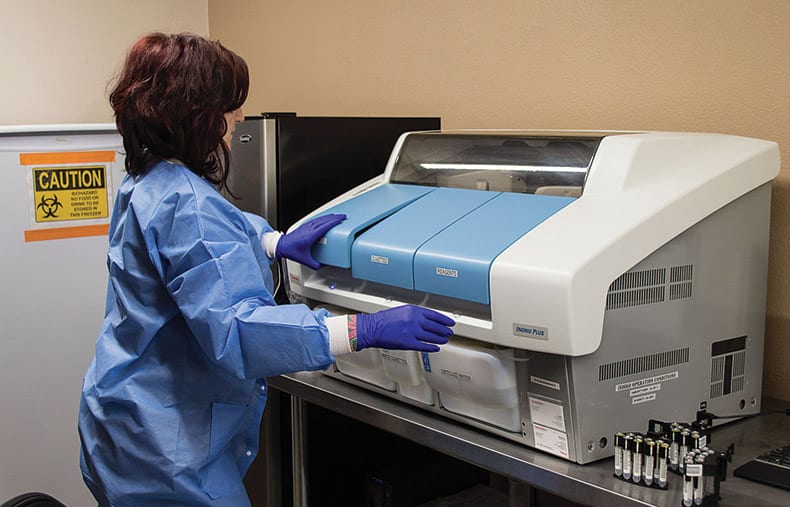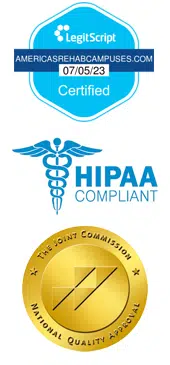
Medication-assisted treatment, or MAT, is the use of medications in combination with counseling and behavioral therapies to help people recover from drug use disorders. Some drugs can be difficult to withdraw from due to the way they interact with the brain to cause dependence and cravings, but the medications and therapies used in MAT can relieve cravings and withdrawal symptoms to help people experience safe, successful recoveries from addiction. MAT is available at many drug rehab centers across the U.S.
How Does Medication-Assisted Treatment Work?
MAT is primarily used to treat heroin and opiate dependence and is also sometimes used to treat alcohol dependence. The FDA-approved medications used in MAT work by blocking the euphoric effects of these substances, and help regulate brain chemistry and body functions affected by drug abuse. People addicted to heroin, opiates, and alcohol can start using these medications at drug detox centers and avoid the cravings and withdrawal symptoms that often lead to pain, discomfort, and relapse.
Under federal law, patients who receive MAT at drug rehab must receive counseling and behavioral therapies. These treatments help patients change certain behaviors, thoughts, and tendencies that lead to drug abuse, such as using alcohol to relieve stress. MAT can last as long as several weeks, months, or years, depending on how the patient responds to treatment.
Which Medications Are Used in MAT?
- Methadone: Available in pill, liquid, and wafer form, methadone is taken once per day to block the euphoric effects of opioids and reduce opiate withdrawal symptoms.
- Buprenorphine: Available in pill form and as a sublingual tablet that dissolves under the tongue, buprenorphine works similarly to methadone in how it blocks euphoria and withdrawal symptoms produced by opioids.
- Naltrexone: This medication is used to block the euphoric, sedative, and intoxicating effects of opioids and alcohol to help patients stay abstinent.
- Disulfiram: Available in tablet form and taken once per day, disulfiram is only to be used after alcohol detox and causes unpleasant side effects in those who relapse and return to alcohol use. Nausea, vomiting, headache, and chest pains are just some side effects triggered by disulfiram when used in combination with alcohol.
- Acamprosate: This medication reduces the desire to drink alcohol, and is used to help people stay abstinent after receiving alcohol rehab treatment.
Facts and Statistics About MAT
- In 2015, only 10% of all drug rehab facilities offered opioid treatment programs like MAT.
- Roughly 58% of drug rehab centers that offer MAT use buprenorphine to treat opioid addiction.
- Methadone has been successfully used to treat opioid use disorder since 1947.
- MAT increases retention in drug rehab treatment and improves patient survival rates.
- MAT improves social functioning and patients’ ability to gain and maintain employment.
- MAT decreases illicit heroin and painkiller use and other criminal activity among those with drug use disorders.
- MAT effectively decreases the transmission of infectious disease and opioid-related overdose deaths.
- MAT is shown to reduce symptoms of neonatal abstinence syndrome and the length of hospital stays for babies born with this condition.
Finding a Drug Rehab That Offers MAT
When researching your options for drug rehab centers, ask whether the facility offers MAT or uses methadone, buprenorphine and other FDA-approved medications as part of drug detox. MAT can help you avoid an overdose and stay in treatment longer if you or a loved one needs help recovering from opioid or alcohol addiction.
America’s Rehab Campuses use medication-assisted treatment along with counseling and a range of behavioral therapies to offer a “whole-person” approach to addiction treatment. Contact us to learn more about our many drug rehab programs and begin the treatment process today.

